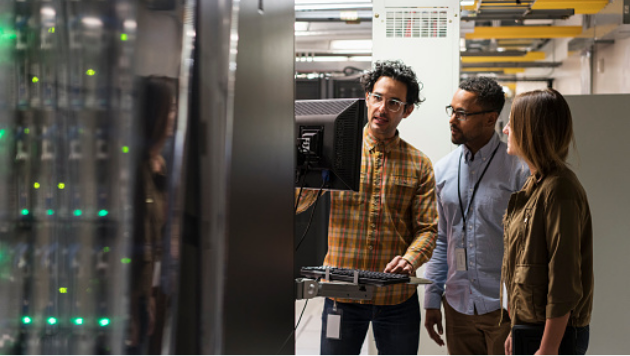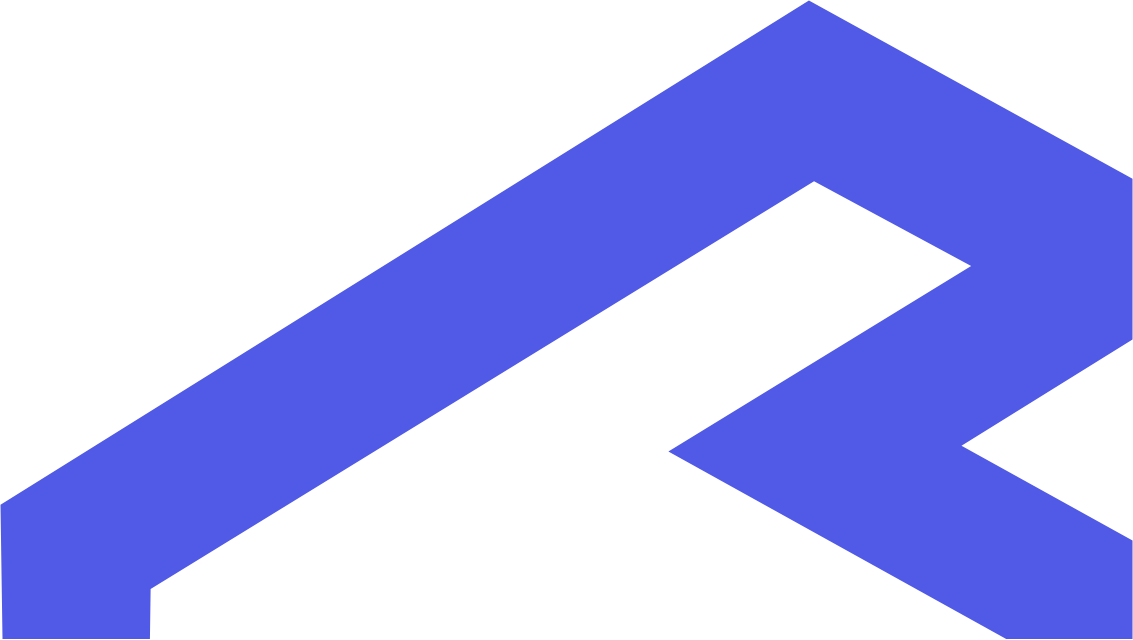Far from Extinct: Mainframes as Powerhouses in Modern IT—Challenges & Solutions
Learn about the enduring importance of mainframes, and why their robustness and reliability make them more relevant today than ever before.
Compliance, Cybersecurity, Data Protection, Disaster Recovery, Drift Management, Mainframe


The IBM mainframe recently celebrated a major milestone, surpassing the big 6-0. Despite whispers in the tech community heralding their obsolescence, sixty years after their introduction mainframes continue to be indispensable in today’s IT infrastructure. Often perceived as relics of a bygone era, mainframes remain at the heart of operations for many of the world’s largest organizations. Their speed, capacity, intelligence, security, and accountability make them computing powerhouses. This blog will delve into the enduring relevance of mainframes, explore their benefits and challenges, and examine how they integrate with hybrid cloud environments. We’ll also explore the critical importance of drift management and disaster recovery planning and testing that are so often overlooked with modernization and migration projects.
The Enduring Value of Mainframes
Mainframes are far from being the dinosaurs of the technology world. In fact, their robustness and reliability in some ways make them more relevant today than ever before. These machines can process huge amounts of information faster and more cost-effectively than distributed, cutting-edge servers. Not just for legacy applications, mainframes can operate modern applications and systems while also serving as a team collaboration tool. Consider these statistics:
- 71% of Fortune 500 companies rely on IBM Z systems.
- 90% of all credit card transactions are processed on mainframes.
- Mainframes are responsible for 68% of the world’s production IT workloads yet account for only 6% of IT costs.
These figures not only demonstrate the critical role of mainframes in global commerce but also highlight their efficiency and enduring utility.
Benefits of Mainframes
Mainframes offer several distinct advantages that make them valuable assets in enterprise IT strategies:
Processing Power: Mainframes can handle enormous volumes of transactions, making them ideal for industries like finance and healthcare.
Compliance and Security: Mainframes excel in meeting stringent industry standards and compliance requirements, thanks to their robust security features. With comprehensive data encryption, detailed role segregation, and monitoring of privileged users, they ensure that sensitive information remains protected. Additionally, secure communication systems and thorough audit reporting contribute to a highly transparent security environment. This transparency affords enterprises greater control and visibility across their entire operation, facilitating improved governance and risk management.
High Reliability: With high uptime rates, mainframes are crucial for mission-critical applications that cannot afford downtime.
Cost-Effectiveness: Although they can be expensive upfront to purchase, compared to some modern distributed systems, mainframes can be more economical for certain types of workloads due to their efficiency and capacity to handle large-scale processing needs. They also have unparalleled longevity, with an average lifetime of over ten years.
Challenges Facing Mainframes
While mainframes continue to be indispensable in managing large amounts of critical data, they are not without their challenges. As technology evolves, so do the demands placed on these robust systems. From the need to modernize and migrate legacy applications to the emerging difficulties in finding skilled mainframe professionals, the landscape is shifting. In addition, integrating these systems with the latest in IT architectures presents its own set of complexities.
Key challenges include:
Modernization Needs: Mainframes have been the backbone of enterprise IT for decades, yet many of the applications they run are legacy systems built using older technologies. As businesses demand more agility and connectivity, these legacy applications require updates or complete migration. Modernizing mainframes involves refactoring, re-platforming, or replacing outdated software to make them compatible with contemporary IT architectures. This not only helps in improving operational efficiency but also ensures that mainframes can seamlessly interact with modern applications and services, enhancing their functionality and extending their viability in today’s digital landscape.
Shrinking Expertise: One of the more pressing challenges facing the mainframe world is the dwindling number of skilled professionals specializing in mainframe technology. As the current workforce ages and retires, there is a noticeable gap in young talent entering this field, largely due to the perception of mainframes as outdated or niche. This shortage poses a significant risk to businesses that rely on these systems for critical operations, as fewer experts are available to manage, troubleshoot, and update mainframe environments. Organizations must invest in training and development programs to cultivate new talent or seek partnerships with service providers that have the necessary expertise to maintain and optimize their mainframe infrastructure.
Integration Complexities: In the era of digital transformation, companies are increasingly adopting hybrid IT strategies that combine on-premises infrastructure with cloud solutions. Integrating mainframes into these hybrid environments presents unique challenges. Mainframes often use different data formats, protocols, and interfaces compared to newer cloud-based platforms, which can complicate data exchanges and workflow integrations. Ensuring that mainframes communicate effectively with cloud services and other modern architectures requires robust middleware solutions, customized APIs, and often significant architectural adjustments. These integration efforts are essential not only for operational harmony but also for enabling mainframes to fully participate in innovative IT initiatives like big data analytics, artificial intelligence, and real-time processing across platforms.
Special Considerations: Disaster Recovery Preparedness, Drift Management, and Cyber Resilience
Mainframes are renowned for their robustness and reliability, making them exceptionally valuable in day-to-day scenarios. However, their ability to handle enormous transaction volumes means that recovering mainframes is especially critical during unexpected downtimes or system failures to minimize data loss. As organizations modernize and migrate applications, there’s a vital aspect of disaster recovery preparedness that often gets overlooked: the need to continually update disaster recovery plans and manage configuration drift. Here are some essential considerations when planning for mainframe modernization or application migration:
- Update Disaster Recovery Plans: As IT infrastructures evolve with modernization and application migration, it’s critical to update disaster recovery plans regularly. This ensures strategies remain effective and align with new technology stacks, safeguarding organizational resilience during disruptions.
- Stay on Top of Drift Management: Configuration drift can lead to discrepancies between the expected and actual operational states, potentially complicating disaster recovery efforts. Implementing robust drift management practices involves regular audits and automated tools to maintain consistent configurations across all integrated systems.
- Implement Continuous Improvement: Adopting a continuous improvement approach for disaster recovery and drift management ensures the effectiveness of recovery strategies through routine testing and regular reviews. This approach helps in promptly detecting and correcting configuration discrepancies and enhancing system resilience and reliability.
- Focus on Overall Cyber Resilience: Enhancing cyber resilience is crucial in protecting mainframe environments against sophisticated cyber threats. This involves implementing immutable backups to ensure data integrity, utilizing air-gapping techniques to physically isolate critical data, conducting regular incident response pressure testing to identify and improve response strategies, and employing continuous threat scanning to detect and address vulnerabilities promptly. Collectively, these measures fortify the security posture of mainframes, enabling organizations to not only recover from disruptions but also proactively defend against them by ensuring the continuity and integrity of business operations.
By prioritizing these special considerations, organizations can enhance their resilience and ensure that their mainframe environments are not only robust but also fully prepared for any disaster, thereby aligning with modern IT demands and providing a stable foundation for continuous operations.
How Recovery Point Can Help
Recovery Point stands out with its comprehensive resiliency solutions for complex, heterogeneous environments:
- Our team includes IBM-certified experts in mainframe systems, ensuring top-tier support and maintenance.
- Our Managed Resiliency Service operates platform-agnostically, enhancing your hosting and disaster recovery experiences by adding robust management and reporting layers. This fully managed disaster recovery service seamlessly combines a structured disaster recovery planning framework, expert professional services, powerful automation, and rigorous validation testing.
- We focus on drift management, a crucial component for maintaining the stability of your systems during and after integration or migration processes. Regular drift reports identify inconsistencies to be addressed immediately, before a disaster declaration or test.
- Our cyber resilience offering takes a proactive approach to identifying and safeguarding your most critical data, starting with secure storage of immutable backups. Combined with a frequently tested means of recovery, Recovery Point offers end-to-end coverage for cyber events.
Mainframes continue to be a critical component of modern IT infrastructure, providing a reliable backbone for many crucial operations across industries. With the right support and strategic approach, organizations can overcome the challenges associated with mainframes, and harness their full potential. Recovery Point offers the expertise and solutions necessary to manage these sophisticated systems effectively. Contact us to discover how we can help you optimize your mainframe strategies and ensure your operations remain resilient and robust.
For more information or to start a discussion around your mainframe requirements, contact a Recovery Point expert today.
Contact us to connect with our team now.
Connect with us on LinkedIn, X (formerly Twitter), and Facebook.
